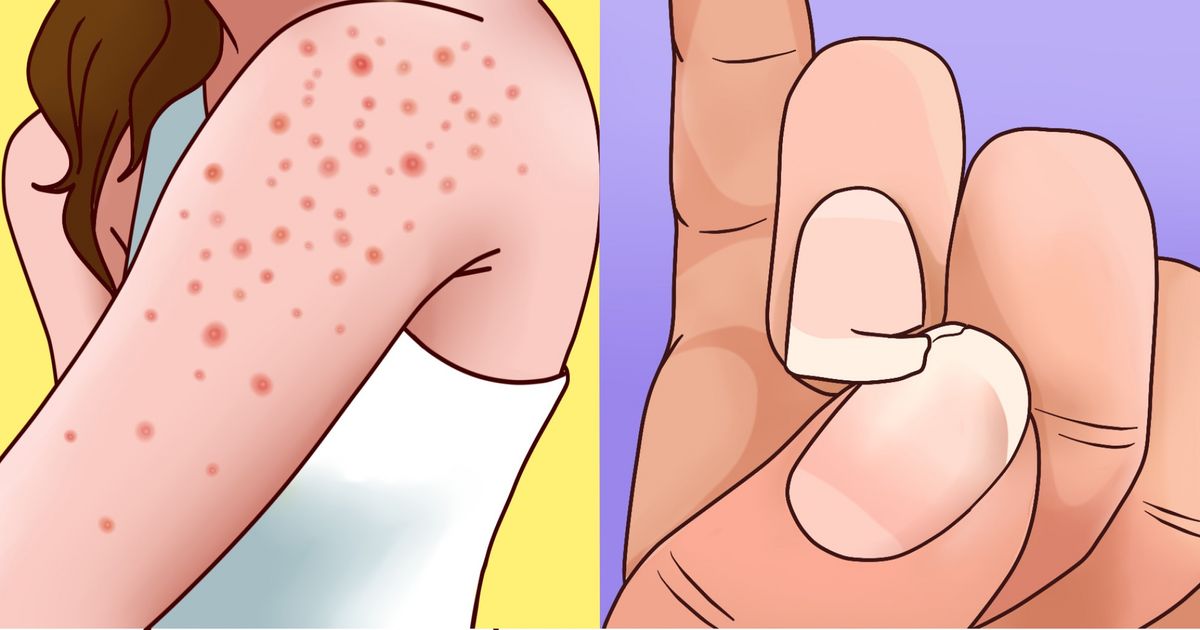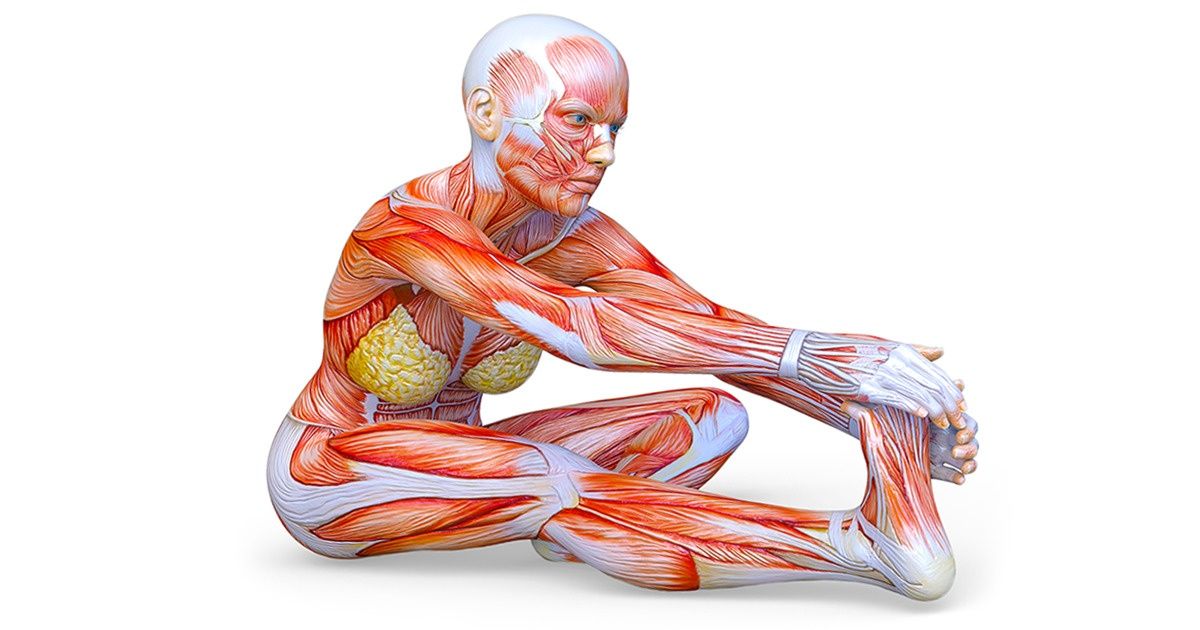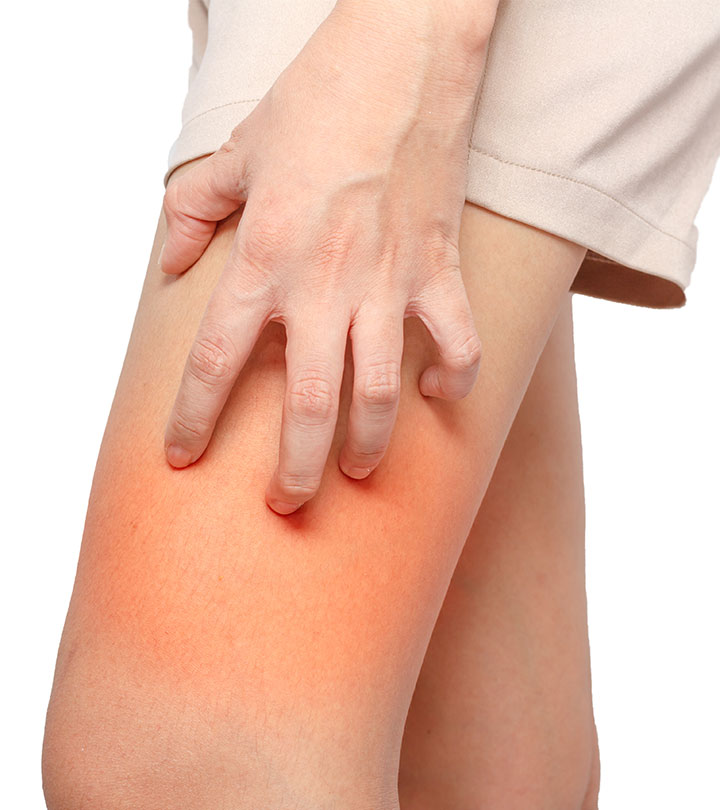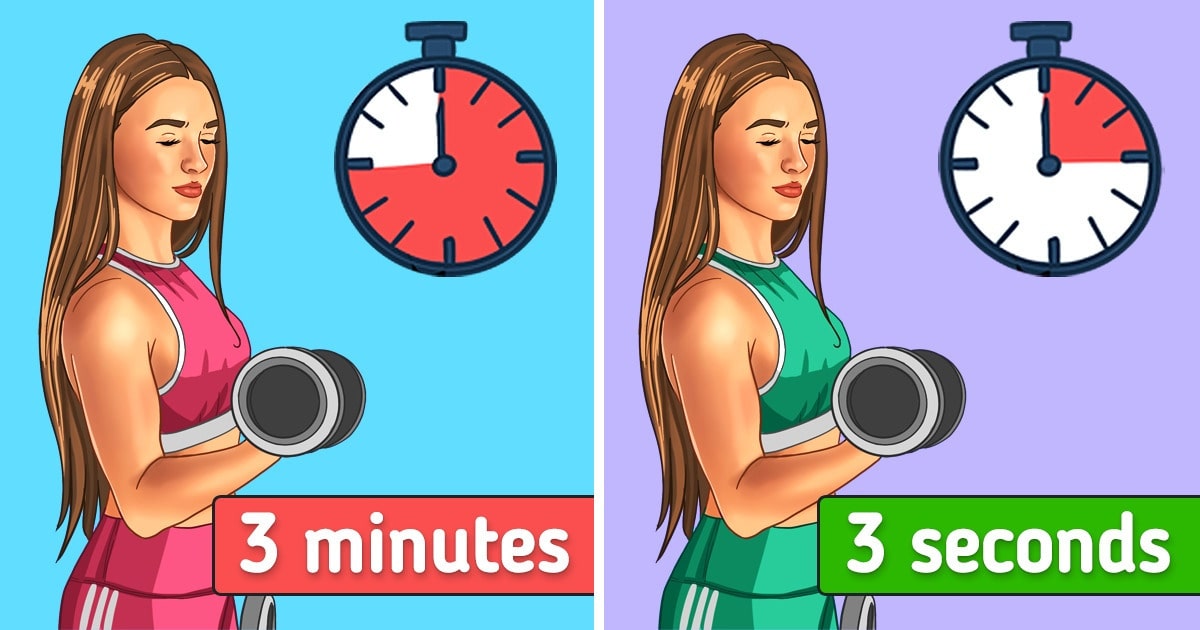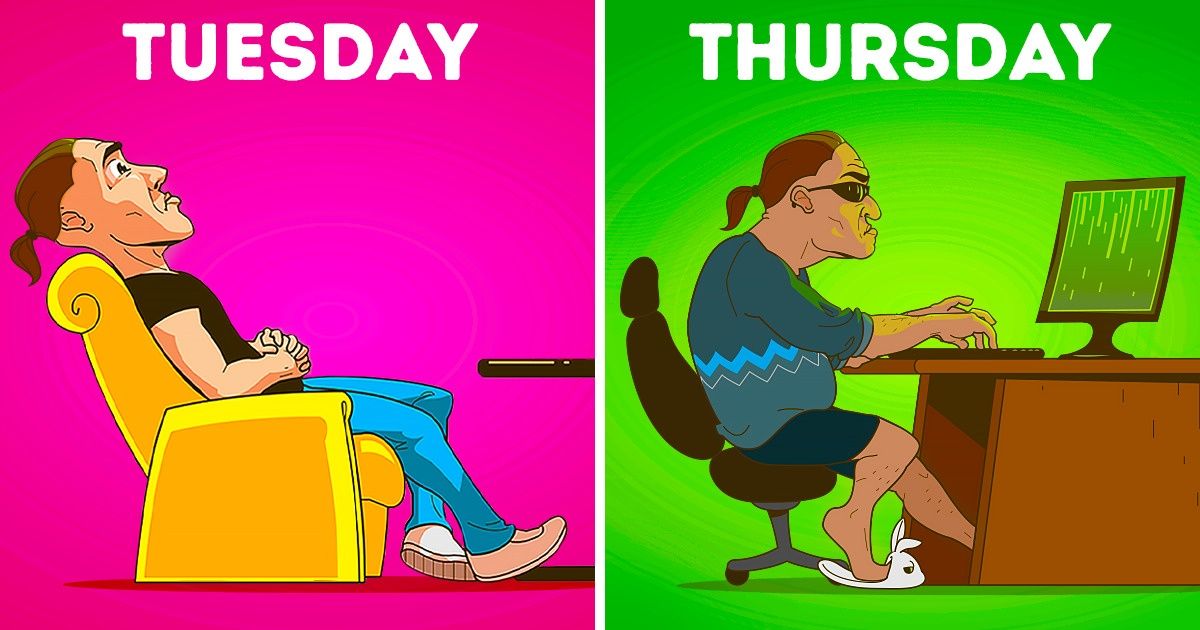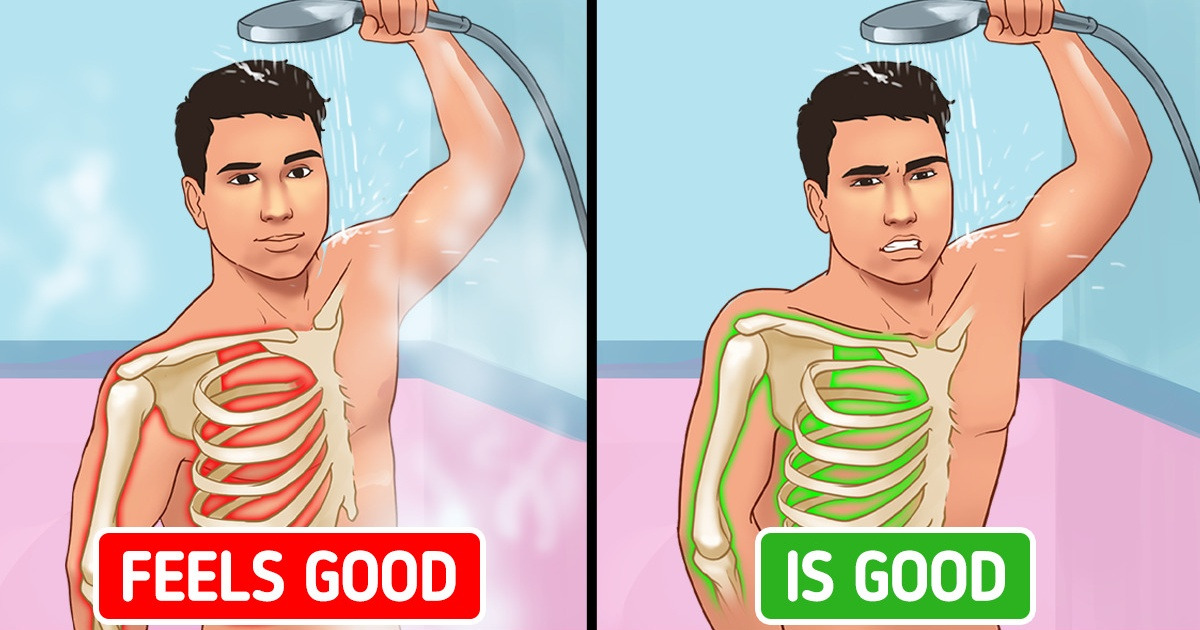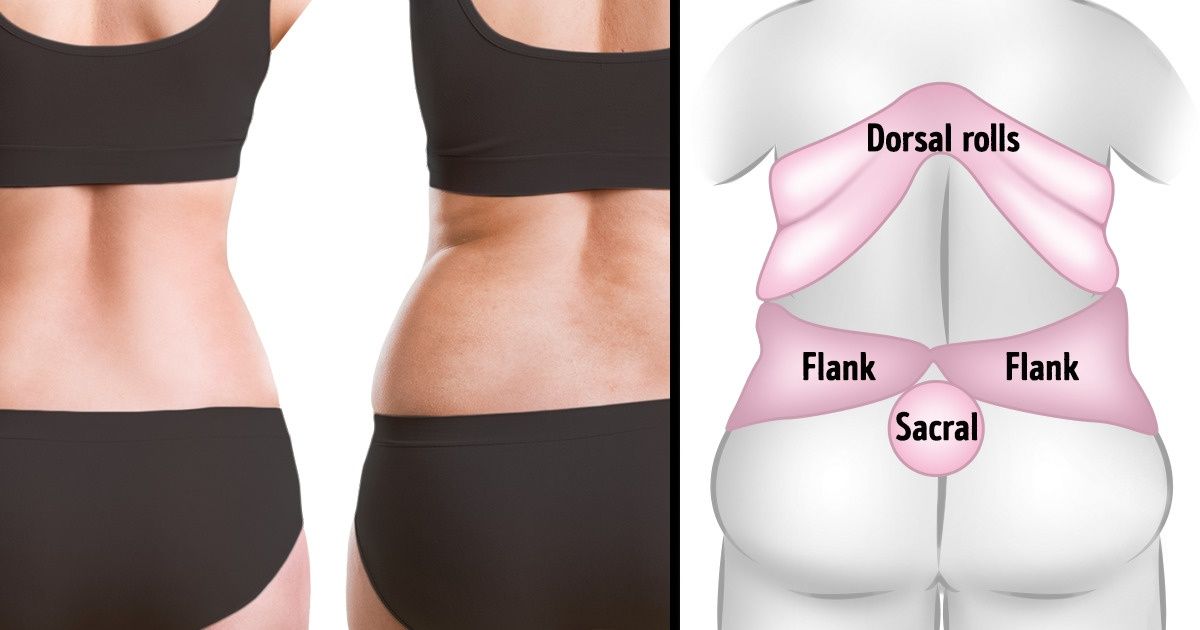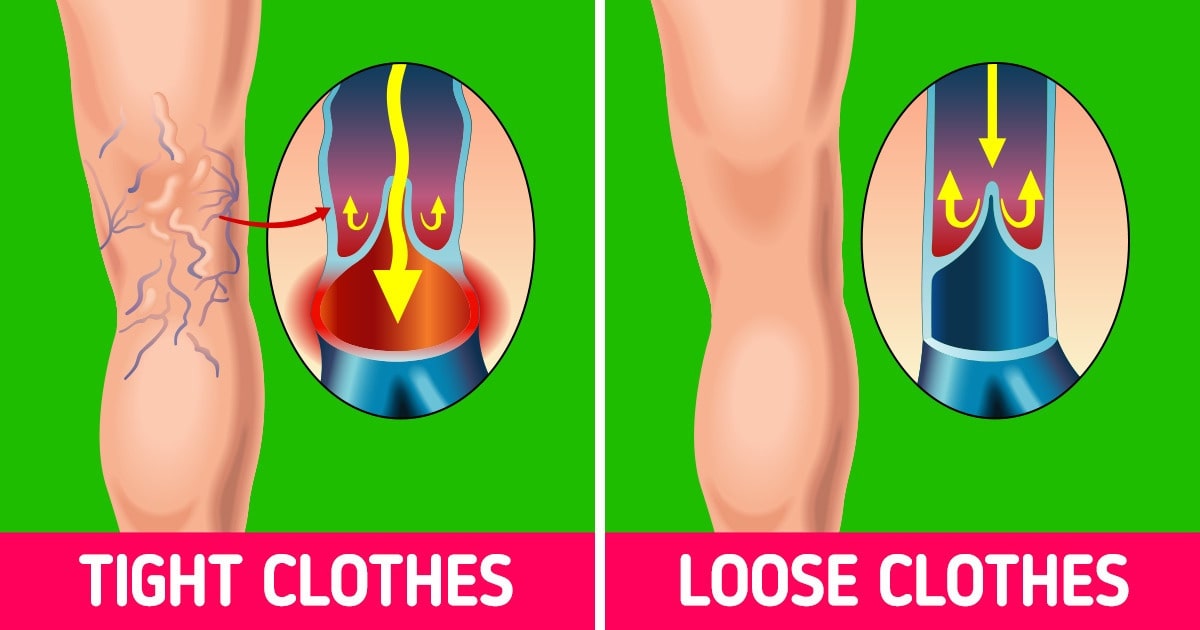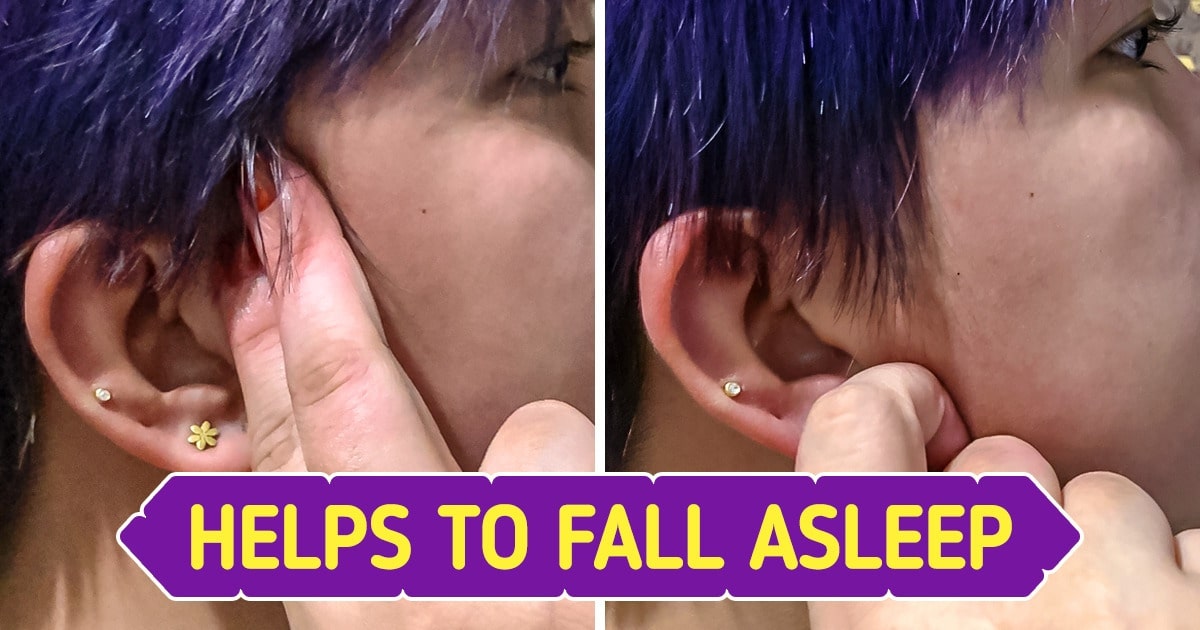In today’s fast-paced world, taking control of our body’s reactions can be an essential part of managing stress, pain, and overall health. Whether you’re seeking natural remedies to slow down your heart rate during anxiety or looking for quick methods to alleviate discomfort, there are simple yet effective techniques you can incorporate into your daily routine.
In this comprehensive guide, we explore 7 body reactions that you can control using proven techniques, and we delve into the science behind these methods. We’ll also reference trusted sources such as Mayo Clinic and WebMD to ensure credibility.
7. Blow on Your Finger to Slow Down Your Heart Rate

When you’re feeling anxious or stressed, your heart rate can skyrocket, making you feel overwhelmed. Surprisingly, a simple action such as blowing on your finger can trigger a calming response in your body. This technique works by stimulating the vagus nerve, which helps lower your heart rate and can promote relaxation.
How It Works
- Stimulating the Vagus Nerve: The vagus nerve is responsible for transmitting signals that help regulate heart rate and digestive functions. When you blow on your finger, the sensory stimulation can activate this nerve, leading to a slower heart rate.
- Practical Application: Try this method during moments of anxiety or before a stressful meeting. Place your finger near your mouth and blow gently; notice the calming effect as your heart rate begins to slow down.
Resources
According to a study published in the Journal of Neuroscience, vagus nerve stimulation can help reduce heart rate variability, contributing to a state of calmness. For more information on vagus nerve stimulation, visit Harvard Health Publishing.
6. Shift Your Body Weight To The Side To Relieve Pain On One Side
Body mechanics play a significant role in managing pain. Whether you’re experiencing muscle tension or discomfort due to prolonged sitting or standing, shifting your body weight can redistribute pressure and alleviate pain on one side of your body.
Benefits of Weight Shifting
- Relieving Pressure: By consciously shifting your weight, you can relieve pressure points that may be causing localized pain.
- Improved Posture: This technique encourages better posture by reducing muscle strain. Over time, this can help prevent chronic discomfort associated with poor ergonomics.
- Immediate Relief: This quick adjustment can be performed anywhere, offering an immediate solution to discomfort.
How to Practice Weight Shifting
- Identify the Pain: Determine which side of your body is experiencing discomfort.
- Shift Slowly: Gradually shift your weight to the opposite side. Use a slight lean or adjust your stance to redistribute pressure.
- Hold and Adjust: Hold the new position for a few moments and observe if the discomfort subsides.
References
For more insights on managing pain through body mechanics, check out this WebMD article on pain management.
5. A Quick Warm-up Of The Neck Will Relieve Numbness In The Hands
Neck stiffness and tension can often lead to numbness in the hands due to nerve compression. A quick warm-up exercise for the neck can help improve blood flow and relieve pressure on nerves, reducing the sensation of numbness.
Techniques to Warm Up the Neck
- Neck Rotations: Slowly rotate your neck clockwise and then counterclockwise. This helps loosen tight muscles.
- Gentle Stretching: Tilt your head from side to side, holding each position for a few seconds to increase flexibility.
- Heat Application: Applying a warm compress to the neck area can further enhance blood circulation and relax the muscles.
Why This Works
Warming up the neck muscles increases circulation, which in turn delivers more oxygen and nutrients to the affected areas. This can reduce nerve compression and alleviate numbness in the hands.
Sources
The Mayo Clinic provides excellent guidance on safe stretching techniques and the benefits of muscle relaxation exercises.
4. An Ear Massage Will Reduce Discomfort In Your Throat

While it might seem unconventional, an ear massage can significantly impact throat discomfort. The ear and throat share nerve pathways, and massaging the ear can stimulate these pathways to reduce inflammation and pain in the throat.
The Science Behind It
- Nerve Connections: The auriculotemporal nerve connects the ear and throat. Massaging the ear can activate this nerve, promoting better nerve function and reducing discomfort.
- Stimulating Blood Flow: Gentle massage techniques increase blood circulation in the area, which can help soothe inflamed tissues.
How to Perform an Ear Massage
- Clean Hands: Always start with clean hands to avoid any potential infections.
- Gentle Movements: Using your thumb and index finger, gently massage around the outer edge of your ear.
- Focus on the Lobule: Pay special attention to the ear lobe, as this area is rich in nerve endings.
For more detailed information on ear massages and their benefits, visit Healthline’s guide to ear massage.
3. Coughing Alleviates The Pain From A Shot
It might sound counterintuitive, but a controlled cough immediately after receiving a shot can help alleviate the pain associated with the injection. This technique, often recommended in clinical settings, works by diverting your nervous system’s focus from the pain.
How Coughing Helps
- Distraction Technique: Coughing triggers a reflex that can distract your nervous system from processing the pain from the shot.
- Muscle Tension Release: The act of coughing briefly releases tension in the muscles, which might otherwise contribute to the sensation of pain.
Step-by-Step Guide
- Prepare Mentally: Anticipate the injection by practicing deep breathing.
- Cough Right After the Injection: As soon as the shot is administered, perform a controlled cough.
- Follow-Up with Relaxation: Continue deep breathing to maintain a calm state post-injection.
Resources
For a deeper dive into how reflex actions can modulate pain, refer to this article on reflexology from Medical News Today.
2. Massaging The Area Between The Eyebrows Relieves A Stuffy Nose
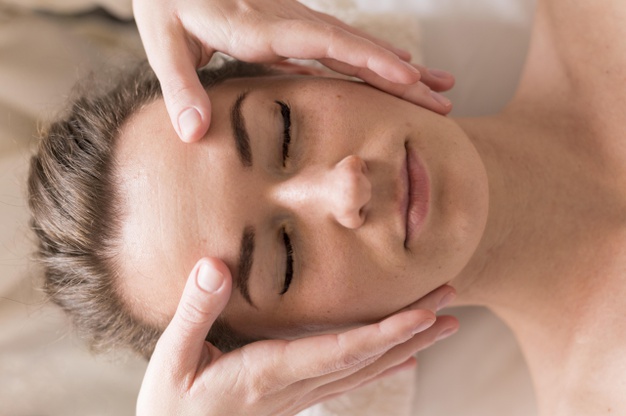
A stuffy nose can be more than just a minor annoyance—it can hinder your daily activities and affect your overall comfort. Massaging the area between your eyebrows can stimulate sinus drainage and reduce nasal congestion.
Benefits of the Technique
- Stimulating Sinus Pressure Points: The area between your eyebrows houses key pressure points linked to sinus function. Gentle massage can help open these pathways.
- Improved Breathing: By alleviating sinus congestion, this technique can improve your breathing and reduce the overall feeling of stuffiness.
- Non-Invasive Relief: This method is completely natural, making it a safe and effective option for those who prefer holistic remedies.
How to Perform the Massage
- Clean Your Face: Ensure your skin is clean to avoid irritation.
- Gentle Circular Motions: Using your fingertips, apply light pressure in a circular motion between your eyebrows.
- Repeat as Needed: Perform the massage for 1-2 minutes until you feel a reduction in congestion.
Additional Information
For more on sinus health and non-invasive techniques for congestion relief, visit WebMD’s sinusitis guide.
1. To Cool Down, Press Something Cold Against Any Pulse Point On Your Body
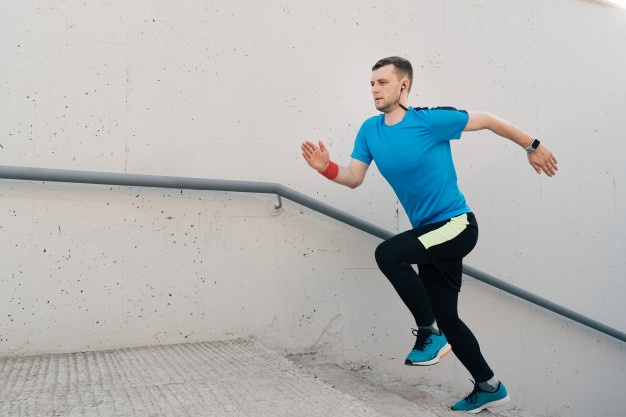
When you’re feeling overheated or experiencing a hot flash, applying something cold to a pulse point on your body can provide rapid relief. Pulse points such as the wrists, neck, and temples are where your blood vessels are closest to the skin, making them ideal for cooling down quickly.
How It Works
- Rapid Cooling Effect: Applying cold directly to pulse points helps lower your overall body temperature by cooling the blood as it circulates.
- Immediate Relief: This method offers an immediate cooling effect, making it perfect for situations where you need to cool down quickly.
- Versatile Applications: Whether you’re at home or on the go, using a cold pack or even a damp, cool cloth can be highly effective.
Best Practices
- Identify Pulse Points: Common areas include the wrists, neck, and temples.
- Apply Cold Compress: Use a cold pack, ice wrapped in a cloth, or a chilled towel.
- Monitor Your Body: Ensure that the cold is applied for a few minutes until you start to feel relief, then remove to avoid skin damage.
References
For further reading on the benefits of using cold therapy for rapid cooling, check out this Harvard Health Publishing article on cold therapy.
Conclusion
Empowering yourself with the knowledge of 7 body reactions you can actually control not only enhances your overall wellness but also equips you with practical tools to handle everyday discomforts. From slowing your heart rate with a simple blow on your finger to alleviating nasal congestion through targeted massage, these natural techniques are backed by science and trusted health resources. Incorporating these practices into your daily routine can provide immediate relief and promote long-term health benefits.
By understanding and managing your body’s natural reactions, you can reduce reliance on pharmaceuticals and embrace a more holistic, self-care-focused lifestyle. Whether you’re using these methods to mitigate the discomfort of a shot or to cool down during a hot flash, the techniques outlined here are designed to be simple, effective, and accessible to everyone.
Final Tips for Optimal Wellness
- Consistency is Key: Like any self-care practice, consistency leads to the best results. Try integrating these techniques into your daily routine.
- Stay Informed: Keep up with the latest health research by following reputable sources like Mayo Clinic and WebMD.
- Listen to Your Body: Everyone’s body responds differently. Adapt these techniques to suit your unique needs and always consult a healthcare professional if you have persistent or severe symptoms.
Harnessing the power of these simple, natural techniques not only provides immediate relief but also sets you on a path toward better self-regulation and improved overall health. Embrace these practices, experiment with what works best for you, and experience the transformative benefits of taking control of your body’s reactions.
